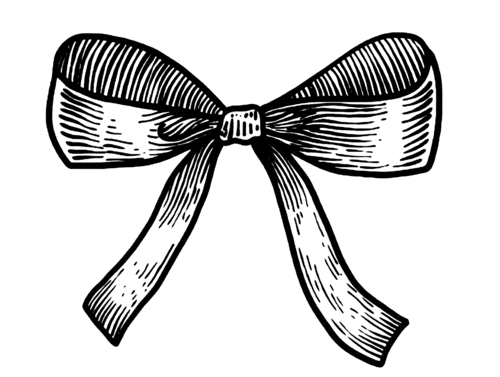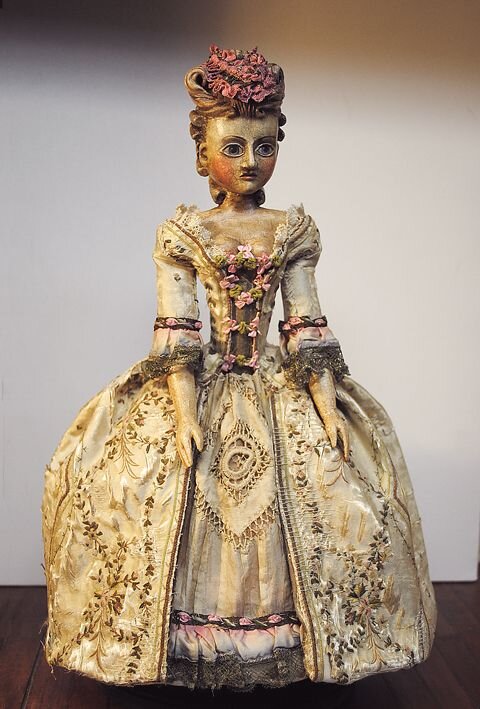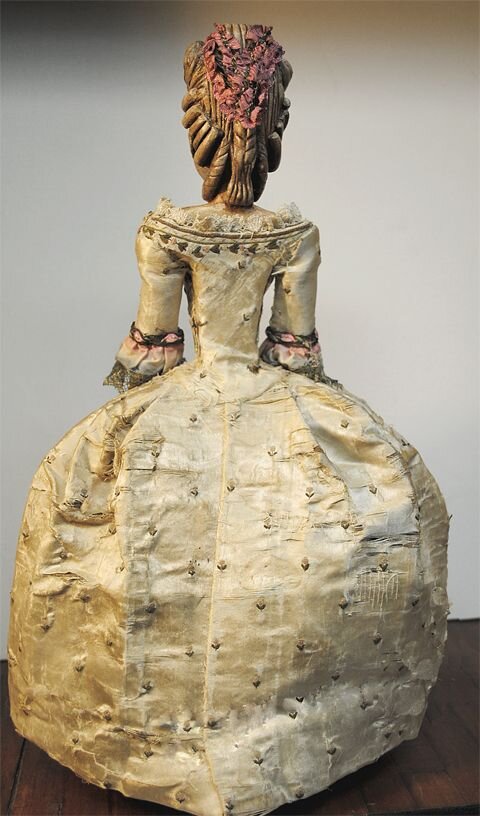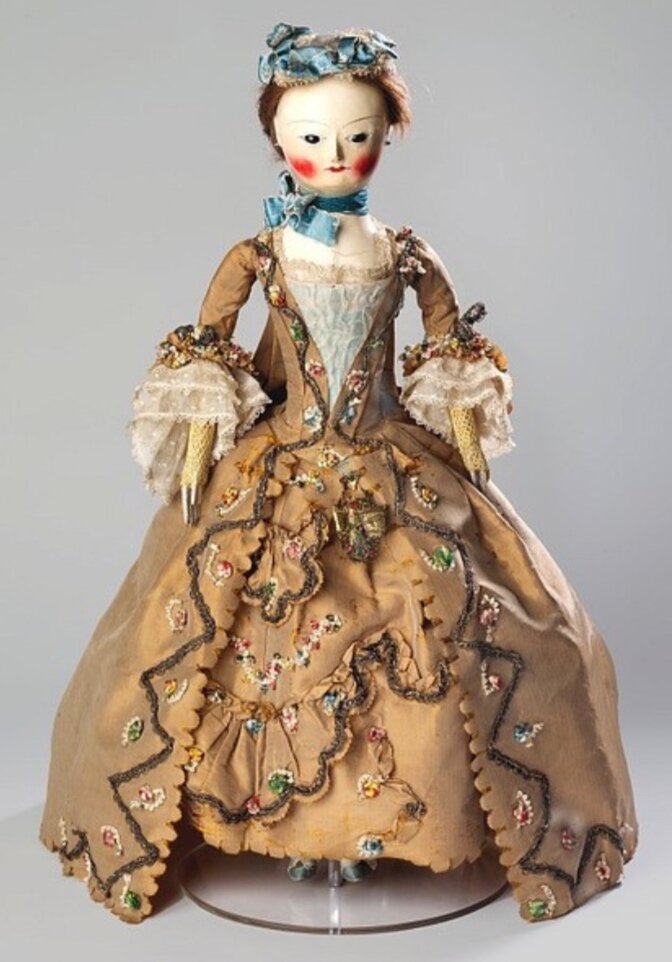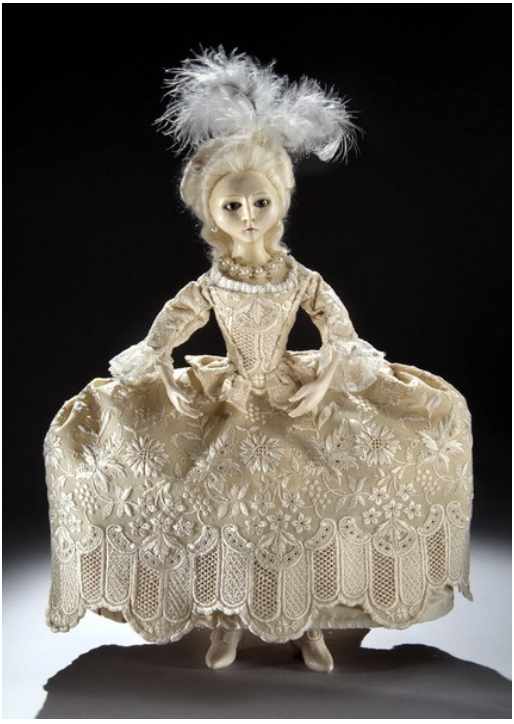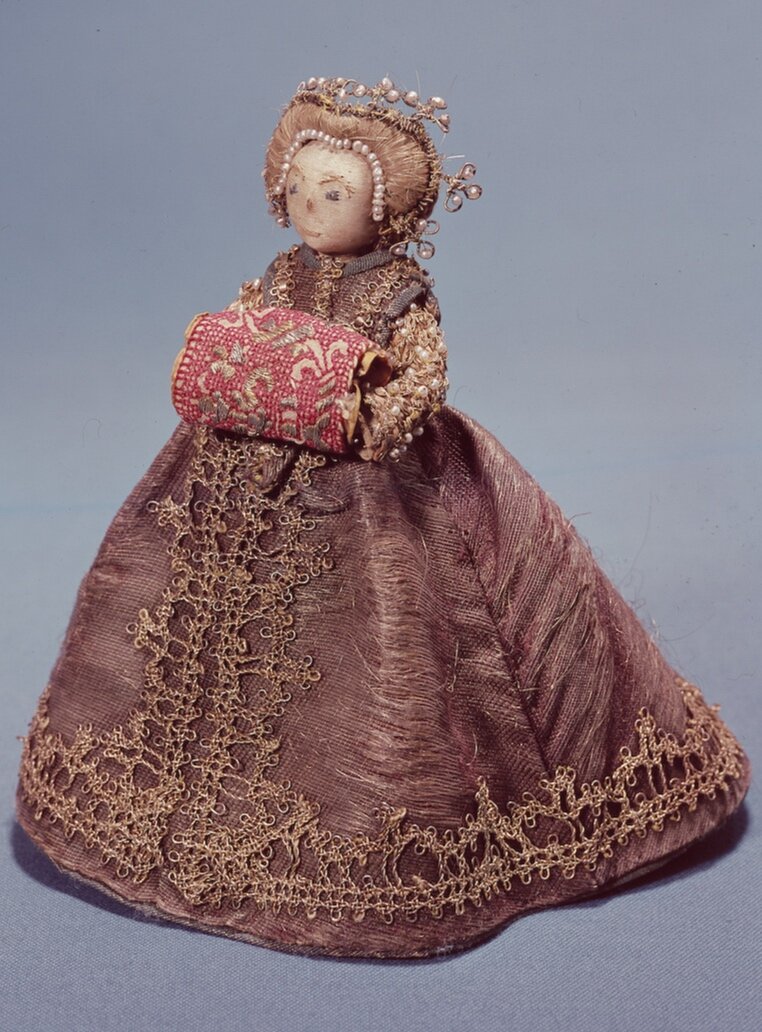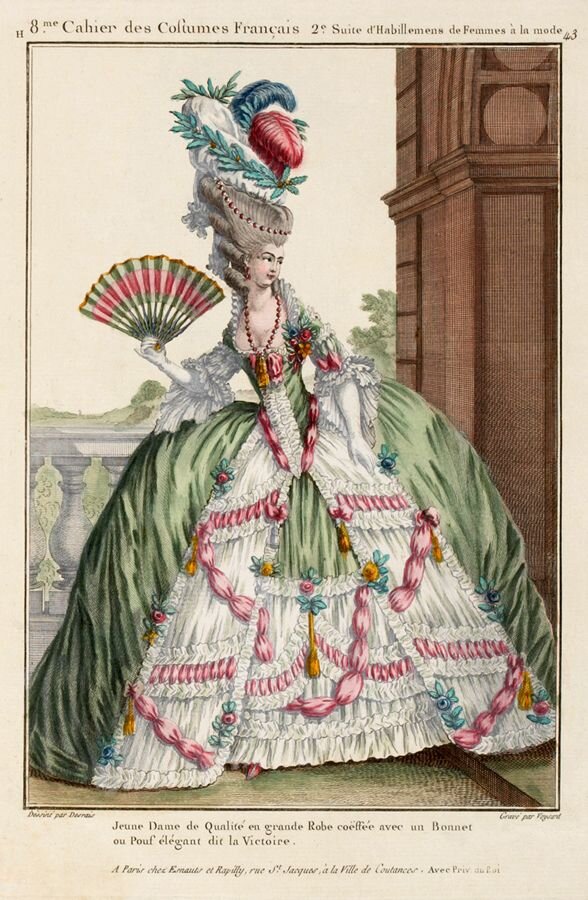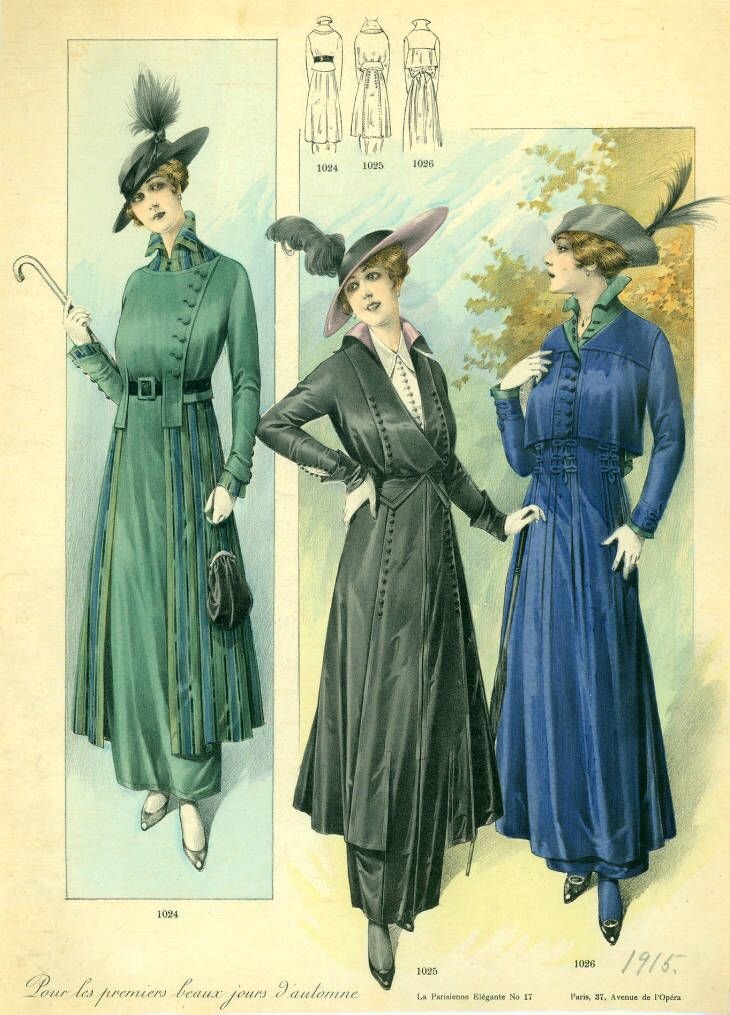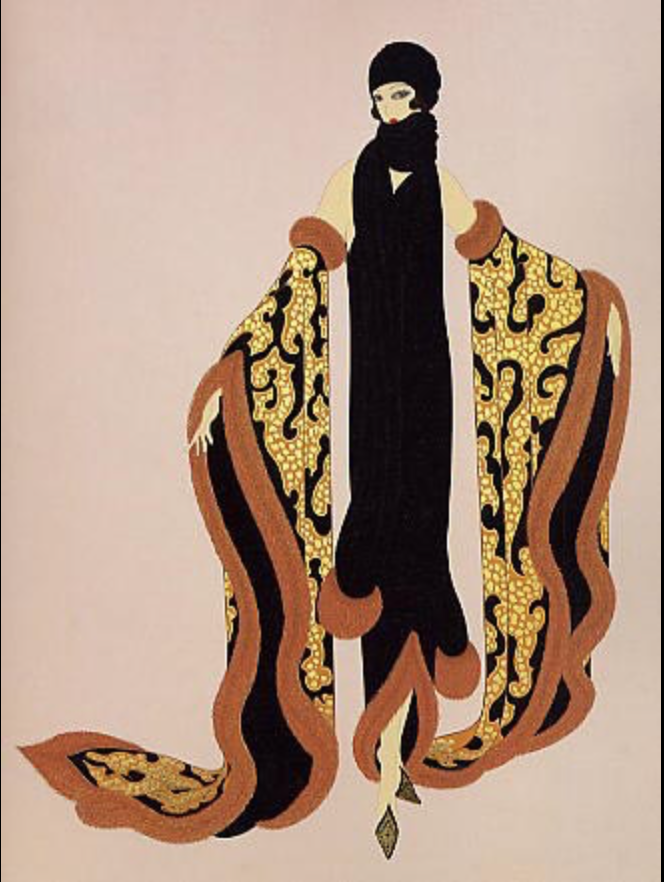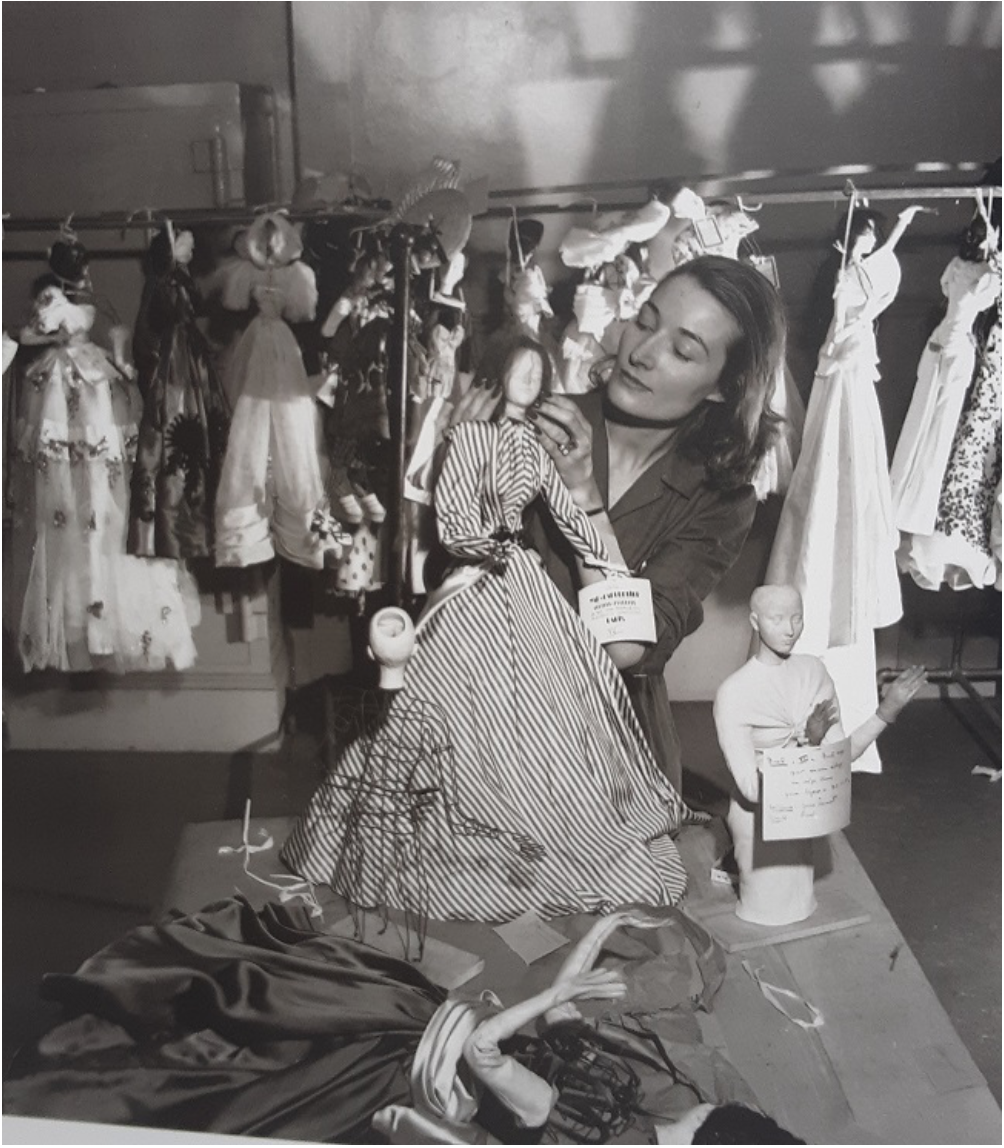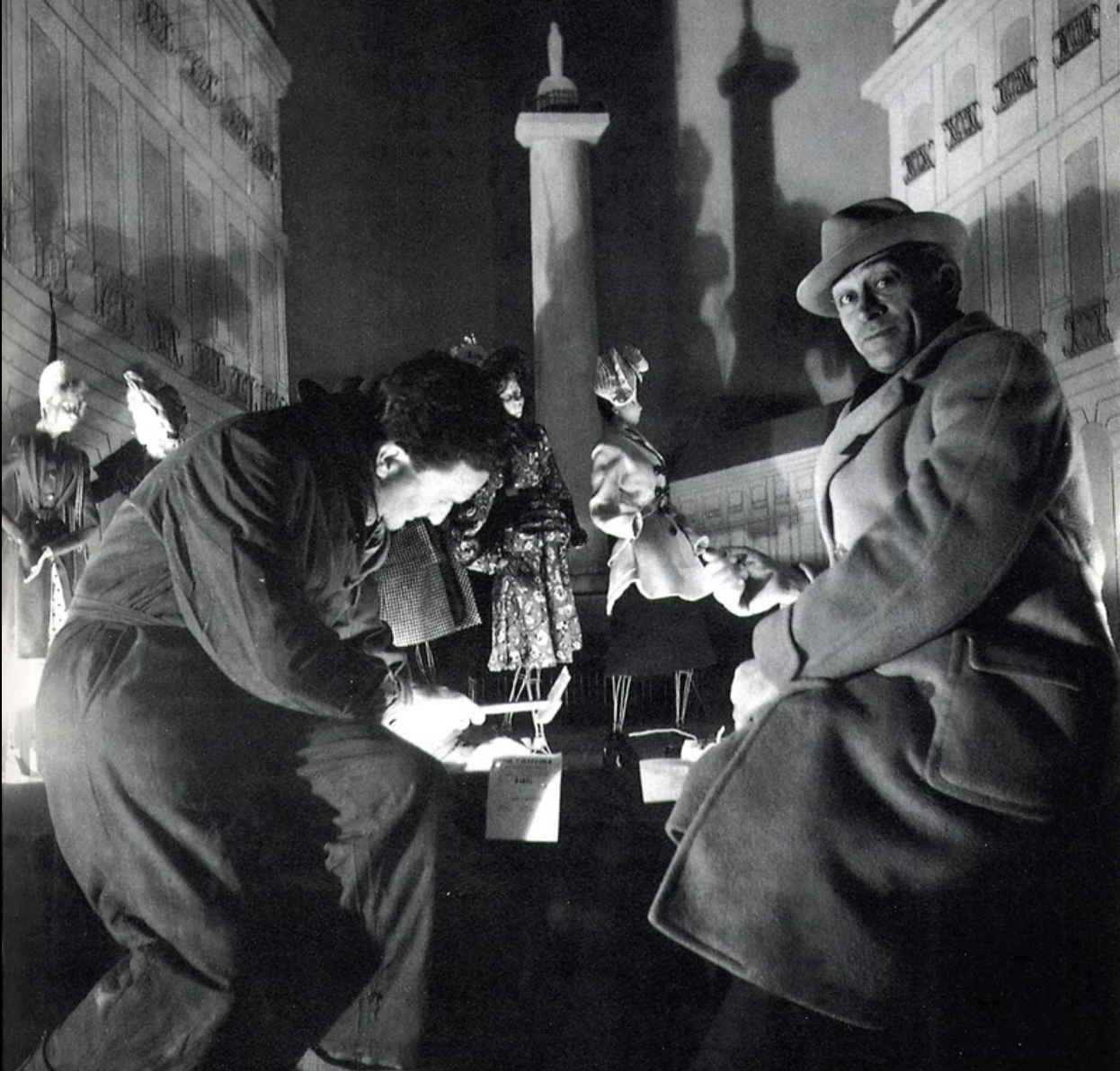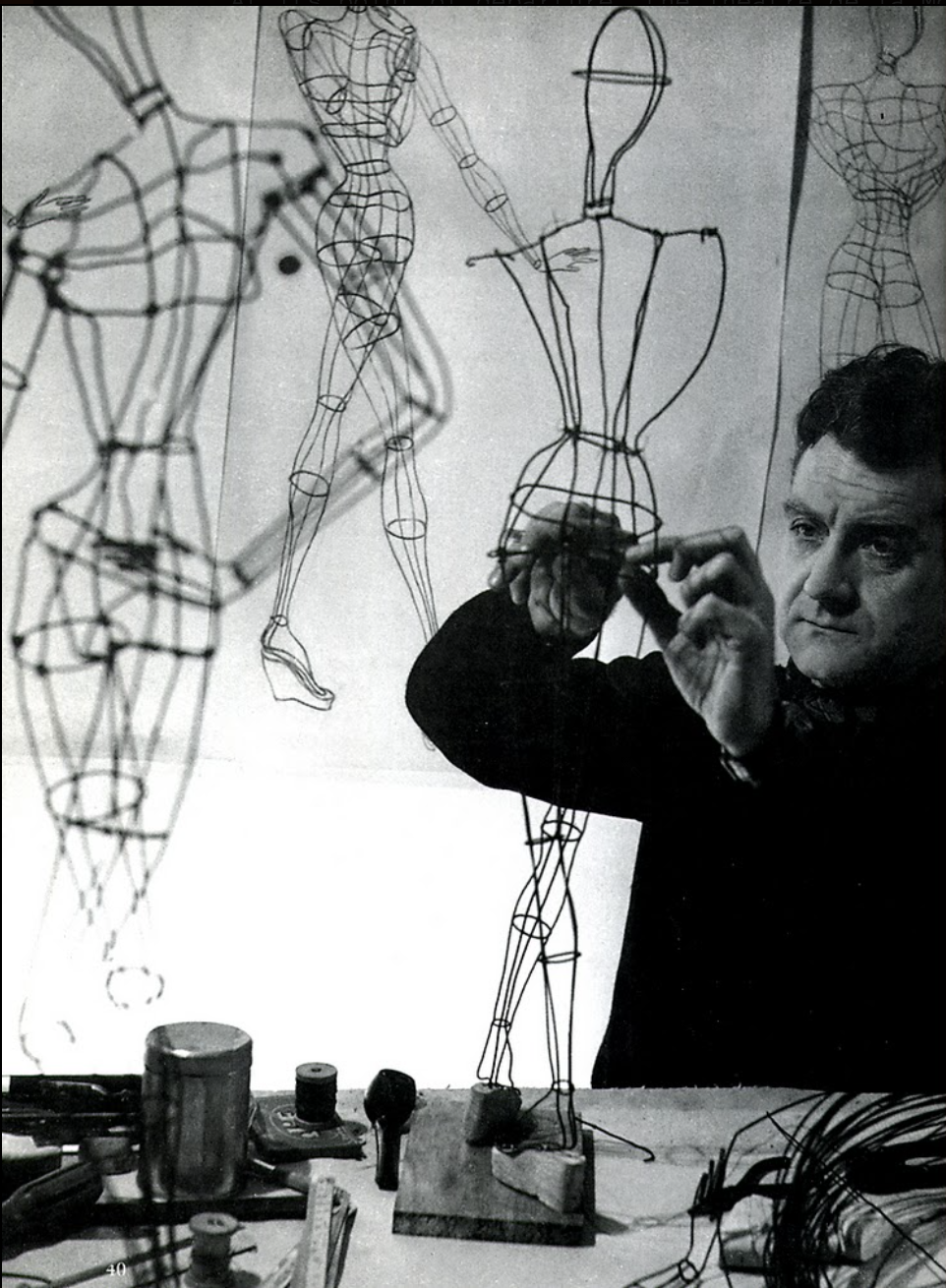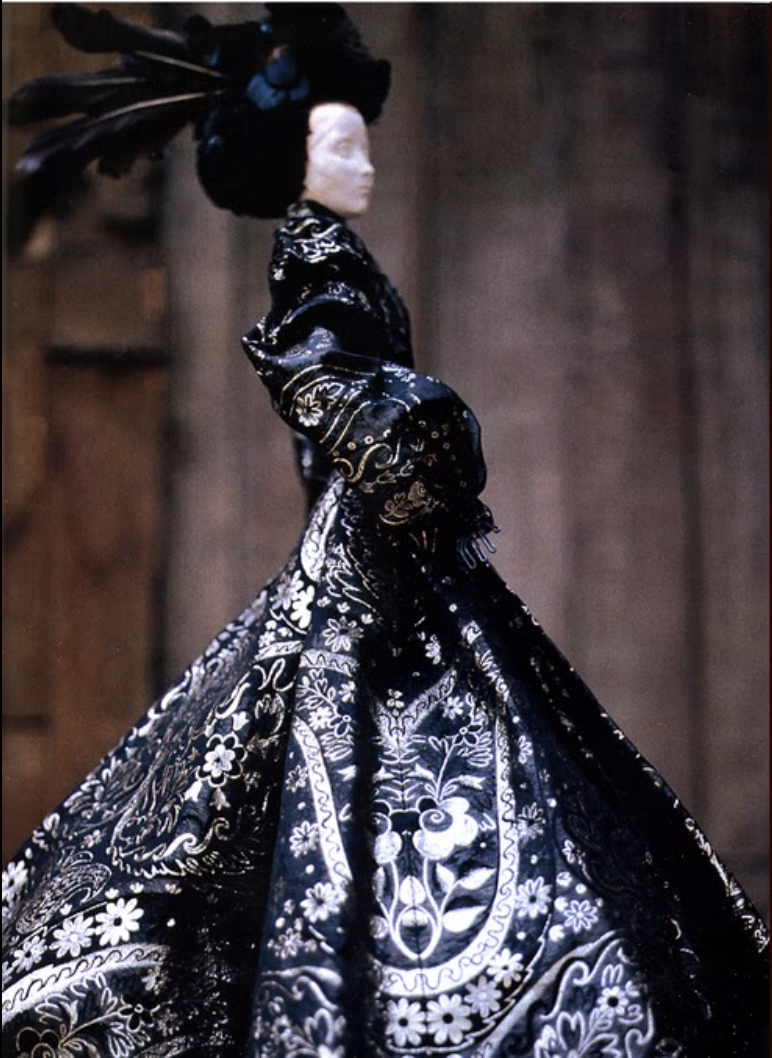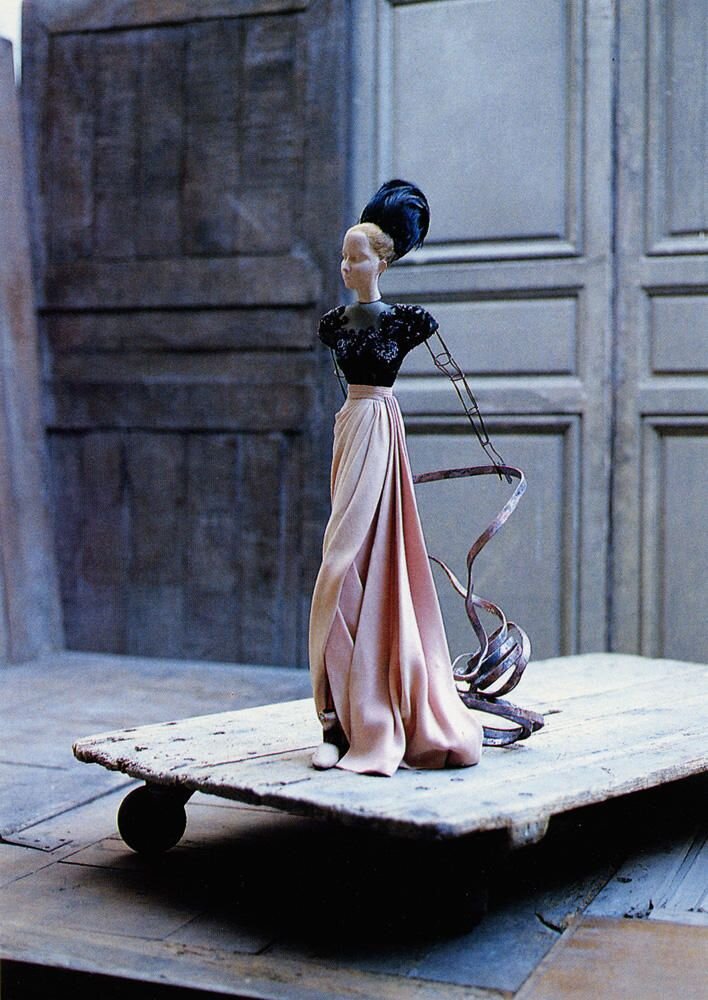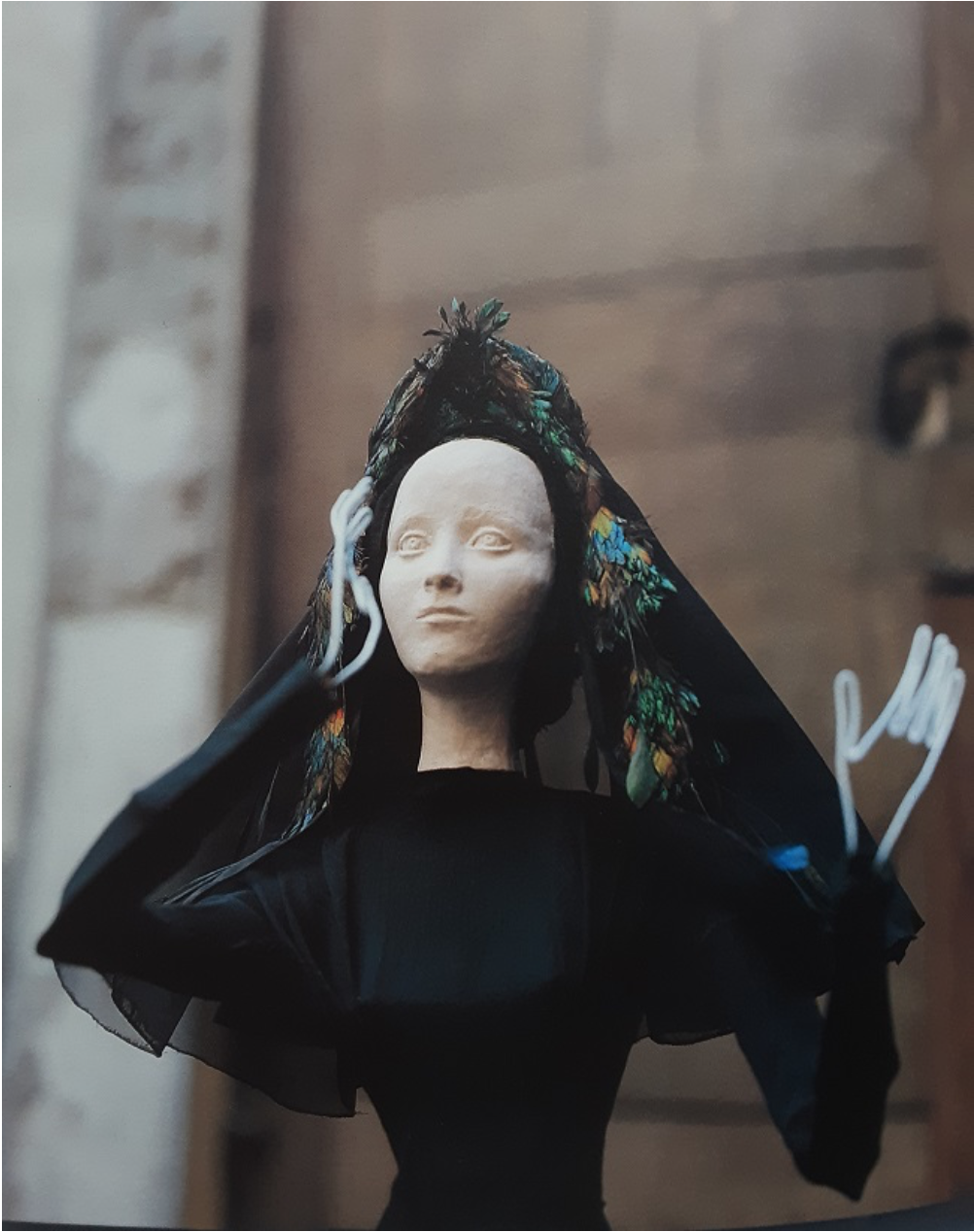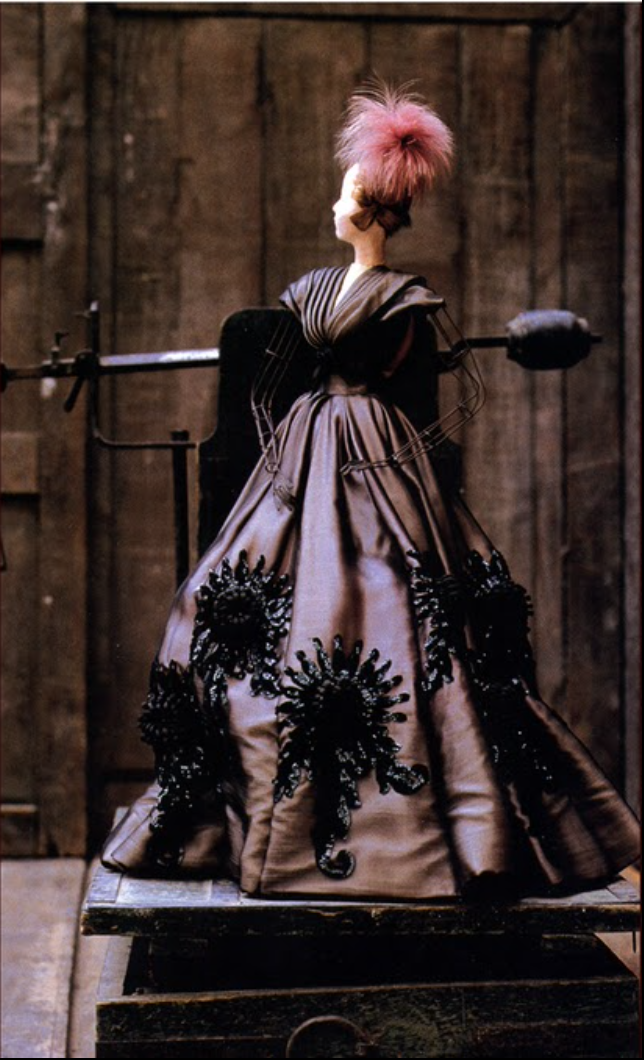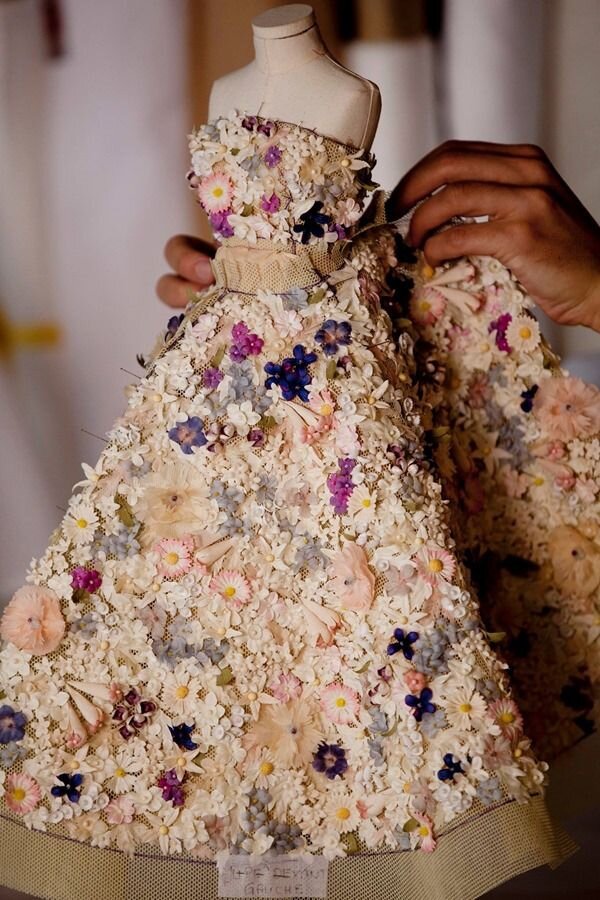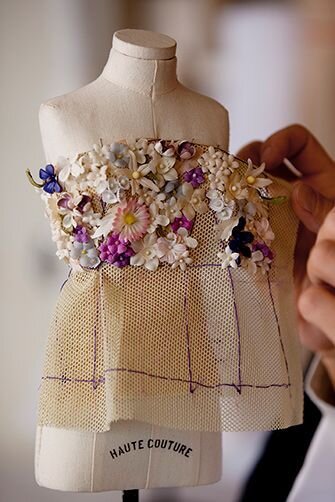Fashion Ministers, Merchants and Miniatures
Marie Antoinette, Élisabeth Vigée Le Brun, 1783
Fashion Merchants and Ministers
Rose Bertin, Élisabeth Vigée Le Brun
"Fashion is to France what the gold mines of Peru are to Spain," declared Jean-Baptiste Colbert, Louis XIV's Minister of Finance in 1665. This statement may seem surprising to us but by the 18th century Queen Marie Antoinette had appointed a Minister of Fashion to advise her on the latest trends to wear at Versailles! Rose Bertin worked as a Marchand de Mode, a fashion merchant who had opened her own boutique Le Grand Mogol, on the Rue du Faubourg-Saint-Honoré in 1770. Rose employed thirty staff who advised their aristocratic clientele on everything from hats, hairstyles, dresses, underwear, ribbons, buttons, lace trimmings and embroidered embellishments.
La Marchande de Modes, François Boucher, 1746
Pandora Dolls
The dresses worn at Versailles were lavish confections of extravagance and before completing a commission Rose would create a miniature example of her designs on a Pandora doll. These dolls had been used for centuries by dressmakers to consult with their clientele before making a finished piece. Once the dresses had been worn, admired and coveted at the Royal Court in Versailles the Pandora dolls would travel around Europe where they were shown to aristocratic clientele eager to emulate the latest fashions from France in their own wardrobes.
The little Pandora dolls eventually disappeared and they were replaced by fashion magazines which were distributed with the increasing speed of modern life in the 19th century. The fashion illustrations informed women of the latest trends from silhouettes to hats, fabrics, colours and accessories.
Le Théâtre de la Mode
A spectacular moment in Fashion and Dress History was the Théâtre de la Mode, organised by the Chamber Syndical de la Couture and unveiled in March 1945, at the Pavillon Marson of the Museum of Decorative Arts in Paris, France. Christian Bernard, the celebrated set designer for opera and theatre was the Artistic Director and he orchestrated a collaboration between the leading Haute Couture Houses in Paris such as Balenciaga, Pierre Balmain, Jacques Fath, Gres, Hermes, Jeanne Lanvin, Paquin, Schiaparelli, Worth, Nina Ricci, Jean Patou as well as artists, sculptors, set and lighting designers. They created an exhibition that showcased the very best of Parisian Haute Couture and their embroiderers, button-makers, milliners, shoemakers, glove makers, makers of handbags and accessories, jewellers and hairdressers.
Théâtre de la Mode featured 237 exquisite miniature dolls set to the backdrop of 13 miniature stages. 100,000 visitors came to see the marvellous exhibition and it was an escape from the trauma, hardship and austerity of World War Two to a world of breath-taking beauty and a celebration of French savoir-faire, Fashion, Art, Craft and Design.
Fashion Miniatures
These miniature mannequins are still used in the Haute Couture ateliers of Paris today, new silhouettes and styles are imagined and created in small scale. At Dior, the savoir-faire of their dressmakers, tailors and embroiderers seems to be accentuated when we see them working on such tiny details to create Le Petit Théâtre Dior. These modern day Pandora dolls feature in the recent blockbuster exhibition Christian Dior, Designer of Dreams at the Musée des Arts Decoratifs in Paris and the Victoria & Albert Museum in London. In July 2020, Dior released Le Mythe Dior, a captivating short film directed by Matteo Garrone and showcasing the latest Haute Couture collection by Maria Grazia Chiuri. The film is only fifteen minutes long but it is filled with the wonder of fairytales, myths, magic, mermaids and nymphs, all waiting to see the tiny dresses created in the ateliers of Paris and carried across their enchanted land. It’s a beautiful glimpse of fashion history, savoir-faire and creativity.
